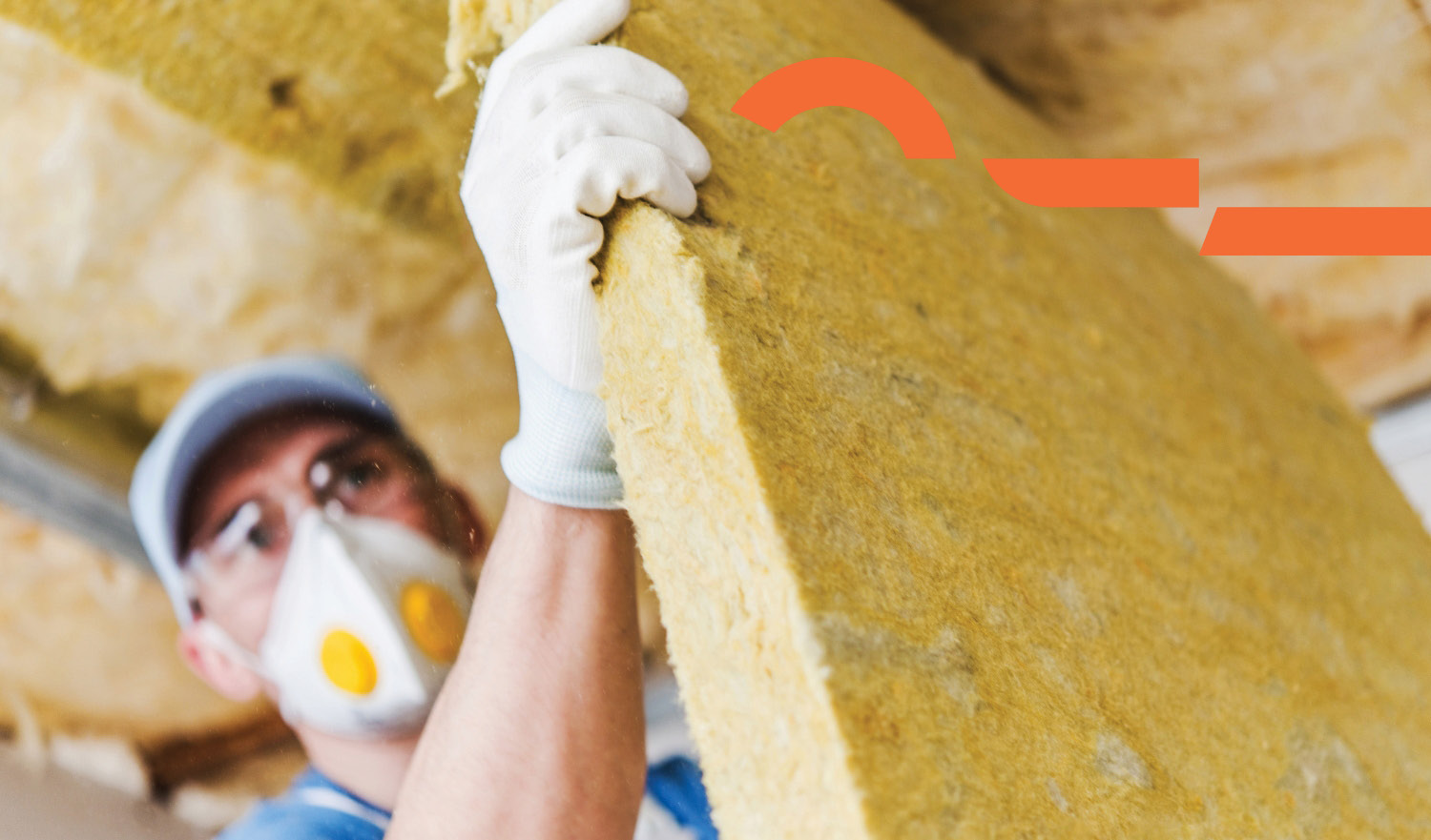Types of insulation
There are two main types of insulation for your home – bulk and reflective foil insulation. Reflective insulation reflects heat while bulk insulation uses air pockets with a thick material to slow the flow of heat. Sometimes these are combined into composite insulation, which combines bulk insulation with a reflective surface.
Bulk insulation is the more versatile of the two and caters to different needs and spaces within your home. There are different types of bulk insulation:
- Batts or blanket insulation: This is great for wall insulation and raised/suspended floors, as well as ceiling insulation when dealing with a flat ceiling and a pitched metal or tile roof. The range of batts and blankets include polyester, natural wool, glass wool and rockwool.
- Board insulation: Board insulation can be useful in floors and in walls where the wall cavity is tight and doesn’t allow enough space for batts. It’s also a good option for cathedral ceilings where there is very little space between the ceiling and the roof. Board insulation is available in extruded polystyrene, with or without foil.
- Loose-fill insulation: Loose-fill insulation can get into nooks and crannies where other types of insulation struggle to fit; however, it may experience settling over time, leading to a decrease in its efficiency. Loose-fill insulation is available in cellulose fibre, polyester, natural wool and granulated rockwool.
Benefits of insulation
Investing in proper insulation can pay big dividends when it comes to cutting your heating and cooling costs. It also provides other major benefits, including:
- More comfort: Insulation keeps indoor temperatures stable, eliminating cold spots and creating a cosy environment.
- Energy efficiency: By minimising heat transfer, insulation reduces the need for constant heating or cooling, leading to lower energy bills.
- Sound dampening: Insulation not only keeps temperatures steady but also reduces outside noise infiltration, creating a quieter indoor ambiance.
- Healthier air inside: Effective insulation helps create airtight spaces that keep allergens and pollutants from entering your home.
- Environmental impact: By reducing energy consumption, insulation contributes to lowering greenhouse gas emissions and conserving natural resources.
How to improve your home’s insulation
Transitioning to proper insulation involves several steps:
- Assess: First, identify areas in your home that require insulation, such as attics, walls, floors, and crawl spaces.
- Material selection: Choose the type of insulation that suits each area's needs. Pay attention to the product’s R value, which reflects the performance of the product – the higher the R value, the higher the level of insulation. Consult experts to ensure you make informed decisions.
- Installation: While some types of insulation can be installed yourself, some should be installed by a professional. As proper installation is key to achieving insulation's full benefits, we recommend hiring experienced professionals to ensure a seamless, safe, and effective installation. If you prefer to install your insulation yourself, it’s vital you follow the product specifications to reduce the risk of condensation or fire.
- Regular maintenance: Insulation can degrade over time, so periodic checks and maintenance help prolong its efficiency.
